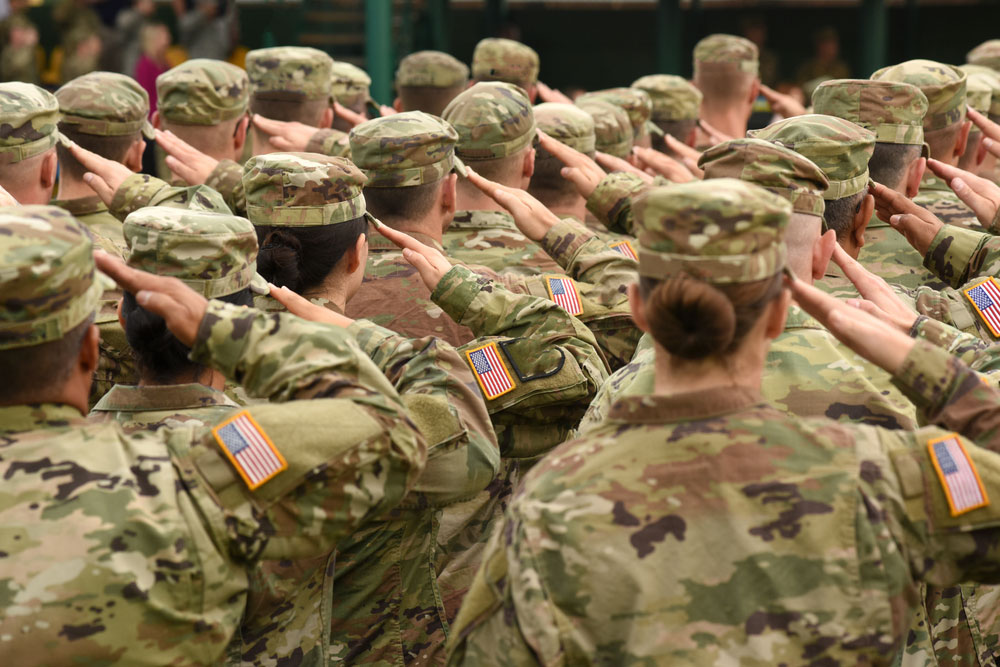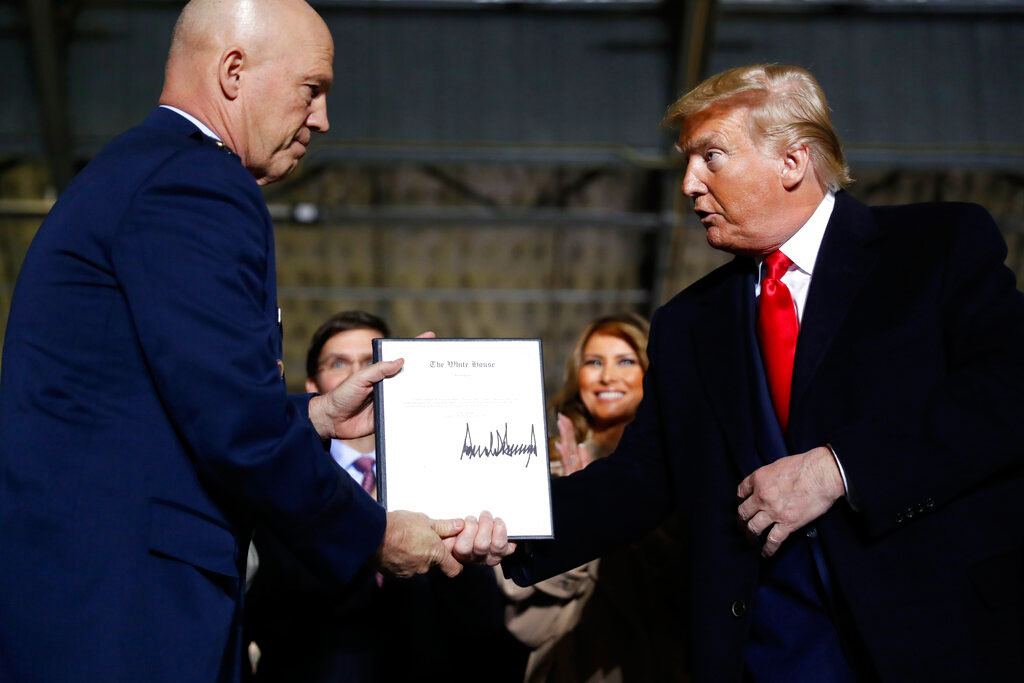The US National Defense Strategy Commission, which released its latest strategy document in late November, faced bitter criticism from within. The United States of America’s updated spending — $718 billion — exceeded the corresponding combined military expenditures of China, Russia, Saudi Arabia, India, France, the United Kingdom, and Japan in 2016. But less than 1/12th of this was incurred by agencies dealing with international affairs.Top strategic experts have realized that the National Security Advisor underfunds civilian tools causing overmilitarization of foreign policy. The NSA secretariat is ill-equipped to take on the most pressing challenges at a time when rebalancing of resources is required urgently.
However, the NDSC document is “quoted in dark language on the pages of the nation’s press, questions whether the US military has lost its ability to take on potential enemies, who are said to be gaining fast in military capability. It recommends raising spending levels to meet what is clearly thought a crisis”, commented John Berthelsen, the editor of the Hong Kong based internet daily, Asia Sentinel, and an analyst of US policy. It “raises more questions than it answers”, he added.
The disconnect has come into the open as costs of militarization are much higher than the benefits it reaps. Yet, the NDSC, a congressionally mandated panel charged with examining and making recommendations with respect to the ‘US’s national defence strategy, wants more defence spending on the plea of preparing for combating five potential adversaries — China, Russia, Iran, North Korea and the odd freelance jihadi’. The US “needs a larger force than it has today if it is to meet the objectives of the strategy”. Take the case of the “USS Gerald Ford, the most expensive aircraft carrier ever built at $13 billion. It was delivered without the elevators for lifting bombs from below the decks to fit them onto planes. The vessel is being refitted at an estimated cost of $131 million since the navy got out over its skis, ordering a technologically advanced magnetic lift system that didn’t work...”

Take the case of the “USS Gerald Ford, the most expensive aircraft carrier ever built at $13 billion. It was delivered without the elevators for lifting bombs from below the decks to fit them onto planes. The vessel is being refitted at an estimated cost of $131 million since the navy got out over its skis, ordering a technologically advanced magnetic lift system that didn’t work...” (Wikipedia)
High price
“Four of these Ford-class carriers are in the works, coughing up $58 billion. The US has either 10 or 19 carriers, depending on how one counts. Furthermore, the navy requires 355 vessels to accomplish its goals, in addition to the existing 286. The US air force has 250 squadrons but has submitted that it needs 312 more... The army pressed for 500,000 troops on duty against its current strength of 476,000.”
Nonetheless, the space for dissent is growing with an incipient demand for performance and purchase audit. An impression is growing that inefficiency has been engendered by the absence of rigorous budget controls on the part of the US Congress. There is a feeling that the leeway extended to top defence contractors needs to be held back.
The US incurred approximately $6 trillion on wars, killing about 500,000 people since the 9/11 attacks of 2001. In its recent annual report, Costs of War, Brown University’s Watson Institute for International and Public Affairs scanned the Pentagon’s spending and its overseas contingency operations and noted that Washington “has appropriated and is obligated to spend an estimated $5.9 trillion (in current dollars) on the war on terror through Fiscal Year 2019, including direct war and war-related spending and obligations for future spending on post 9/11 war veterans.”
Pointing fingers at reckless overmilitarization, it cautioned, “high costs in war and war-related spending pose a national security concern because they are unsustainable,” and suggested that “the public would be better served by increased transparency and by the development of a comprehensive strategy to end the wars and deal with other urgent national security priorities.”












